Industry News
Home>Industry News>Sany Group participated in the 2025 International Simulation Conference and two of its key and difficult simulation technologies were selected as the
From September 19th to 22nd, the 2025 International Simulation Conference, themed "Intelligent Simulation and Data Governance," was held in Hangzhou. Hosted by the Asian Simulation Alliance (ASIASIM), one of the world's three largest international simulation academic organizations, the conference brought together over 1,000 experts and scholars from over 30 countries, including Nobel Prize laureates, Turing Award winners, Fields Medalists, and academicians from various countries. The online livestream attracted nearly 50,000 viewers, creating an unprecedentedly impressive lineup. Participants included nearly 100 universities, over 50 leading research institutes, and over 200 industry leaders, who discussed cutting-edge trends and application prospects in simulation technology.
As a leading company in China's construction machinery industry, Sany Group was invited to participate in this premier international simulation event. During the conference, Sany Group not only shared innovative practices in AI-enabled simulation but also participated in a number of key events, demonstrating its strength in digital simulation technology.
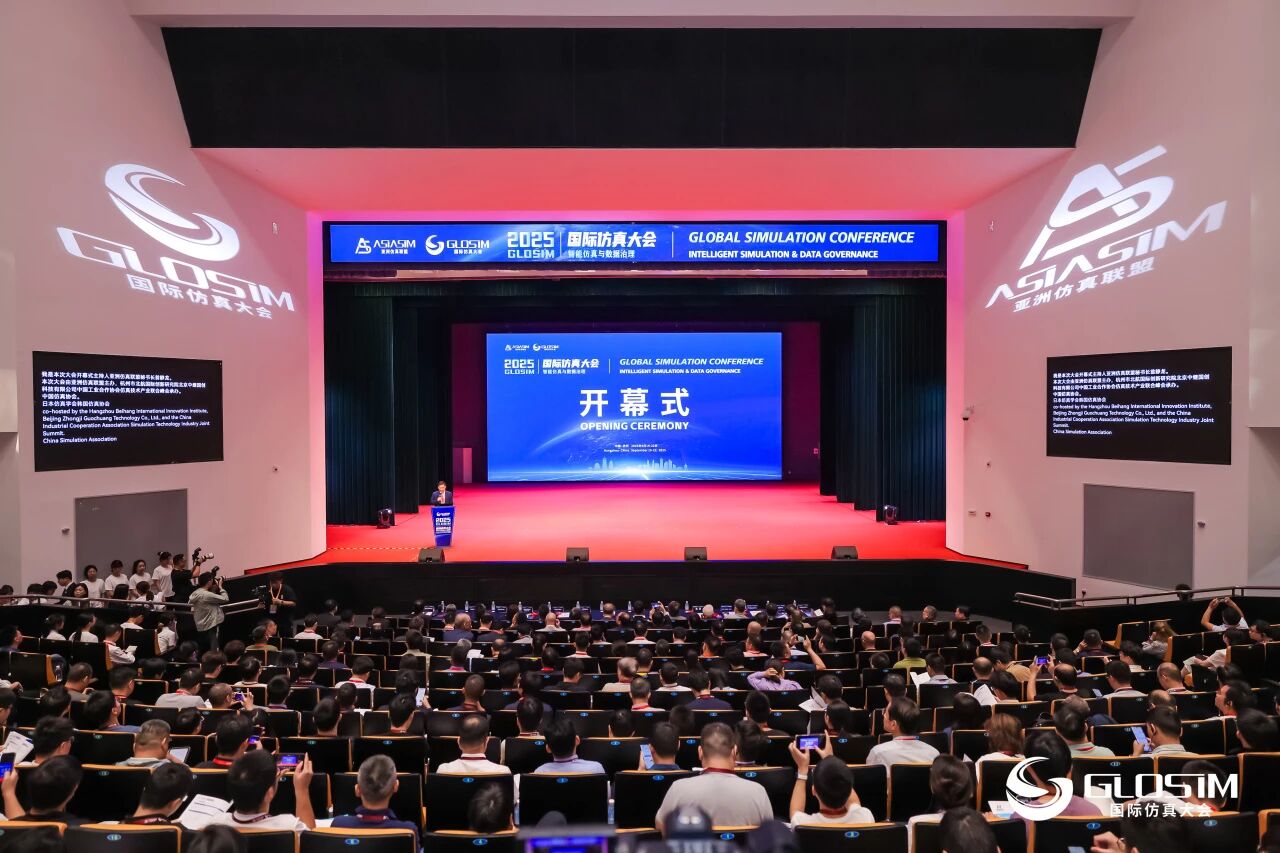
01 AI-Enabled Simulation: Solving the "Authenticity and Speed" Challenges in Industry Simulation
Qie Yongjun, Deputy General Manager of Sany Group and Director of the Digital Twin Research Institute, was invited to deliver a keynote speech at the conference titled "Exploration and Reflection on AI-Enabled Simulation in Engineering Equipment R&D." The speech focused on the innovative R&D needs of engineering equipment in the digital era, directly addressing the two major challenges of "authenticity" and "speed" in simulation in the engineering machinery industry. It systematically elaborated on typical application scenarios and the value of AI-enabled simulation in engineering machinery R&D. The report pointed out that using AI models (such as neural networks) to replace the direct solution of some complex equations, incorporating Newtonian mechanics and fluid dynamics equations as constraints into neural network training, ensuring that AI predictions conform to basic physical laws, replacing physical calculations with data-driven approaches, and replacing manual iterations with automation, can effectively overcome the efficiency and accuracy bottlenecks of traditional numerical simulation. Furthermore, given the complex and changing operating conditions of engineering machinery (such as those found in diverse climates, geographical conditions, and loads), AI can be used to improve the generalization capabilities of simulation models, enhancing their adaptability to unknown operating conditions and environmental changes.
The deep integration of AI and simulation, essentially the fusion of "data intelligence-driven" and "physical model-driven," is the key to achieving innovation in simulation paradigms. Engineering equipment simulation is entering a new phase of deep technological integration and the reconstruction of R&D paradigms. Simulation will undergo a fundamental transformation from an auxiliary tool to an intelligent symbiosis. This transformation will propel the construction machinery industry into a new era of full-lifecycle digitalization and intelligent decision-making, providing a core driving force for global high-end equipment innovation.
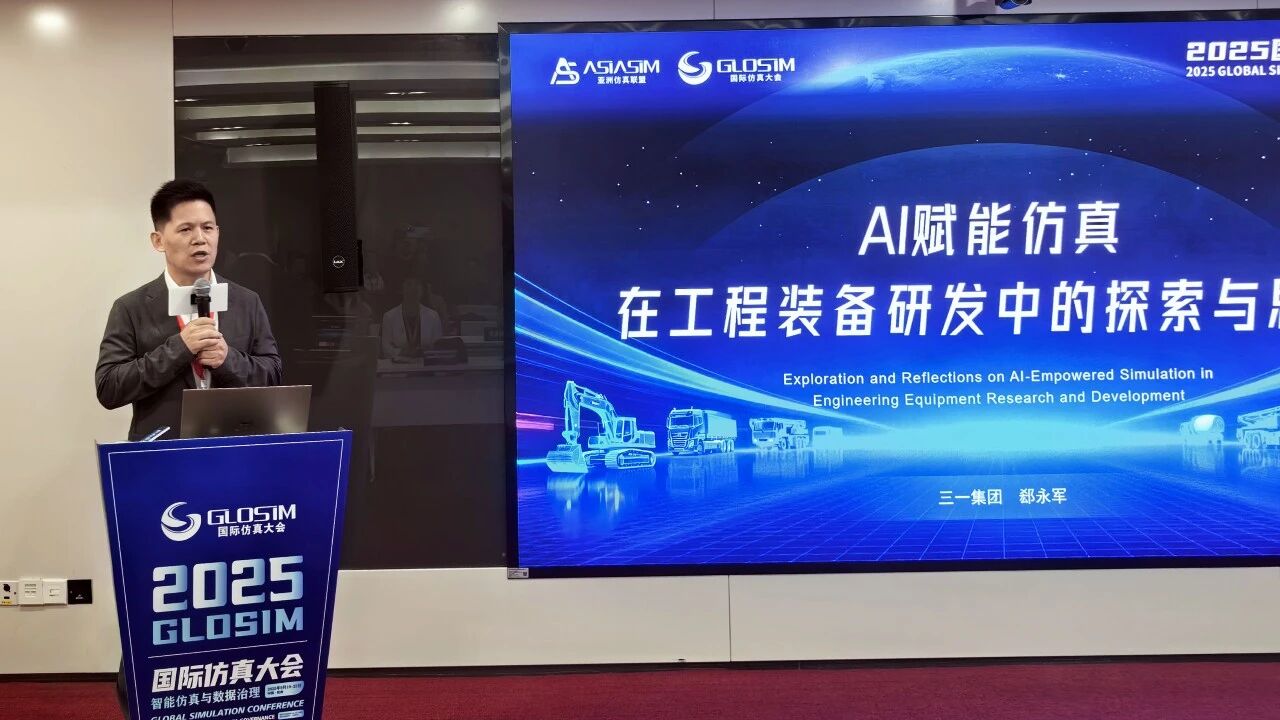
02 Frontiers in Traction Simulation Technology: Two Key and Difficult Technologies Selected as Top Ten Globally
During the conference, Zhao Qinping, Academician of the Chinese Academy of Engineering and former Vice Minister of Education, presided over the release of the "Top Ten Frontier Issues in Simulation Science and Technology." After multiple rounds of review by global experts, Sany Group's "Fatigue Life Analysis and Prediction Technology for the Working Device Structure of Extra-Large Tonnage Engineering Equipment" and "High-Precision Real-Time Simulation Technology for the Performance of Large and Complex Equipment" were selected as the top ten frontier issues in simulation science and technology. These two technologies are the only two selected in the construction machinery industry. The selection of these two technologies signifies that Sany's forward-looking research in the field of construction machinery simulation has received the highest recognition from the international academic community.
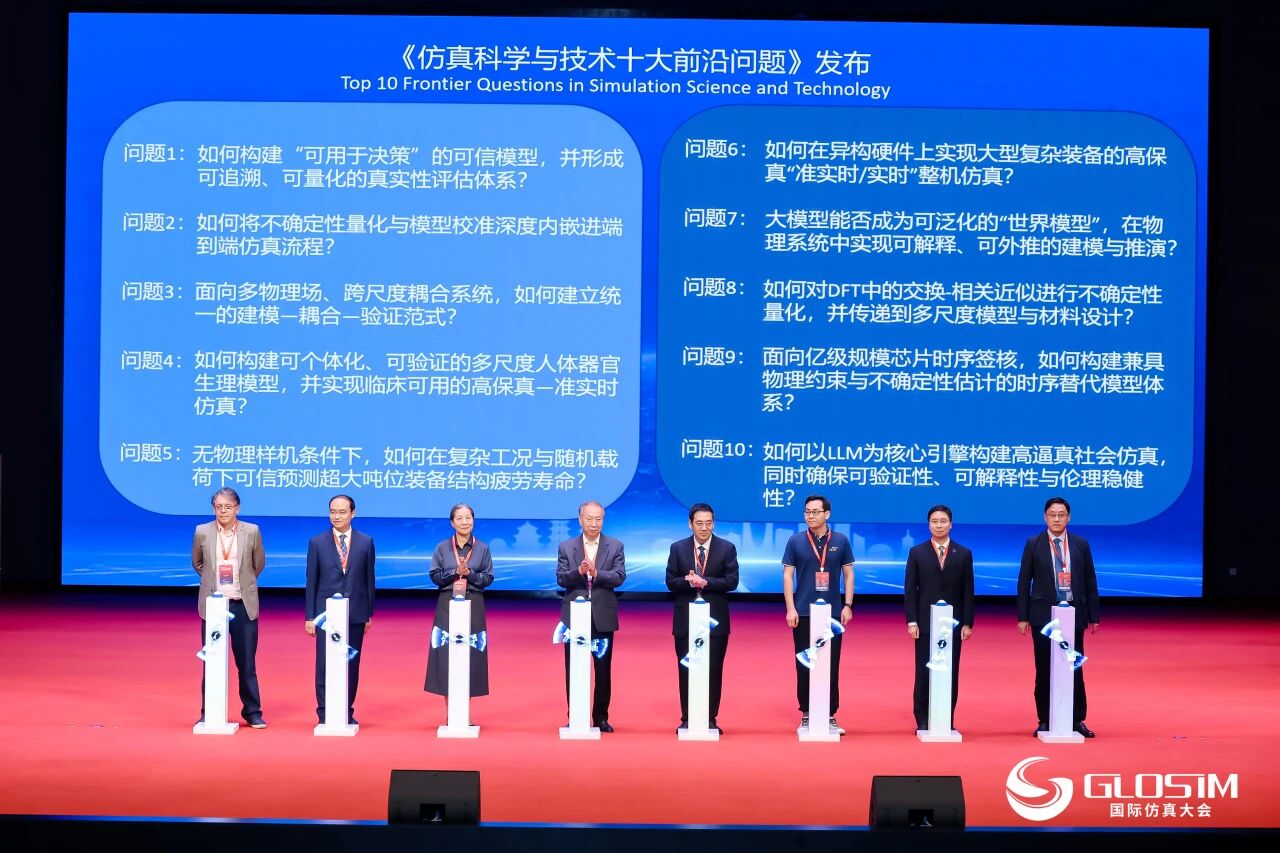
03 Leading the Intelligent Simulation Dialogue, Sharing Sany's AI Integration Innovation Path
During the high-level dialogue session, Sany Group Deputy General Manager Qie Yongjun shared Sany's innovative practices in intelligent simulation. He also engaged in in-depth discussions with leading global simulation experts, including Professor Chen Jinjun, Member of the European Academy of Sciences; Professor Axel Lehmann, former President of the International Society for Modeling and Simulation; Professor Zhang Yan, Member of the European Academy of Sciences; and Santi Maensiri, Founder of the Thai Simulation Society, on the theme of "Intelligent Simulation and Data Governance." They discussed the development trends of intelligent simulation technology and its innovative applications in industrial digital transformation.
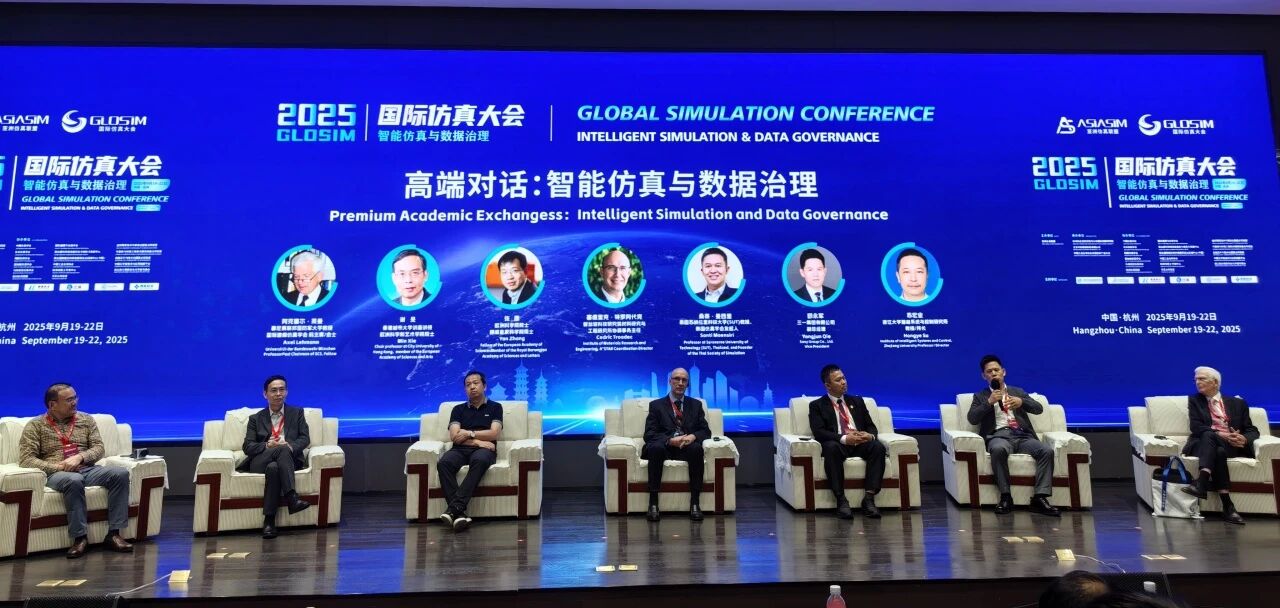
04 Serving as International Academic Leaders and Participating in Global Simulation Technology Governance
During the conference, the Asian Simulation Alliance officially established its International Advisory Committee. The committee, chaired by Chinese Academy of Engineering academicians Li Bohu and Zhao Qinping, and former International Society for Modeling and Simulation president Leman, serves as honorary chairpersons. Chinese Academy of Engineering academician Wang Zili and Dean, a foreign academician of the Chinese Academy of Sciences and a member of the Canadian Academy of Sciences, serve as chairpersons. This committee serves as the alliance's highest technical advisory body, aiming to provide strategic advice to guide the coordinated advancement of the academic ecosystem, international collaboration, and industry integration. Sany Group Vice General Manager Qie Yongjun was appointed to the advisory committee, becoming the sole representative from the domestic industry, demonstrating Sany Group's influence and voice in the global simulation technology sector.
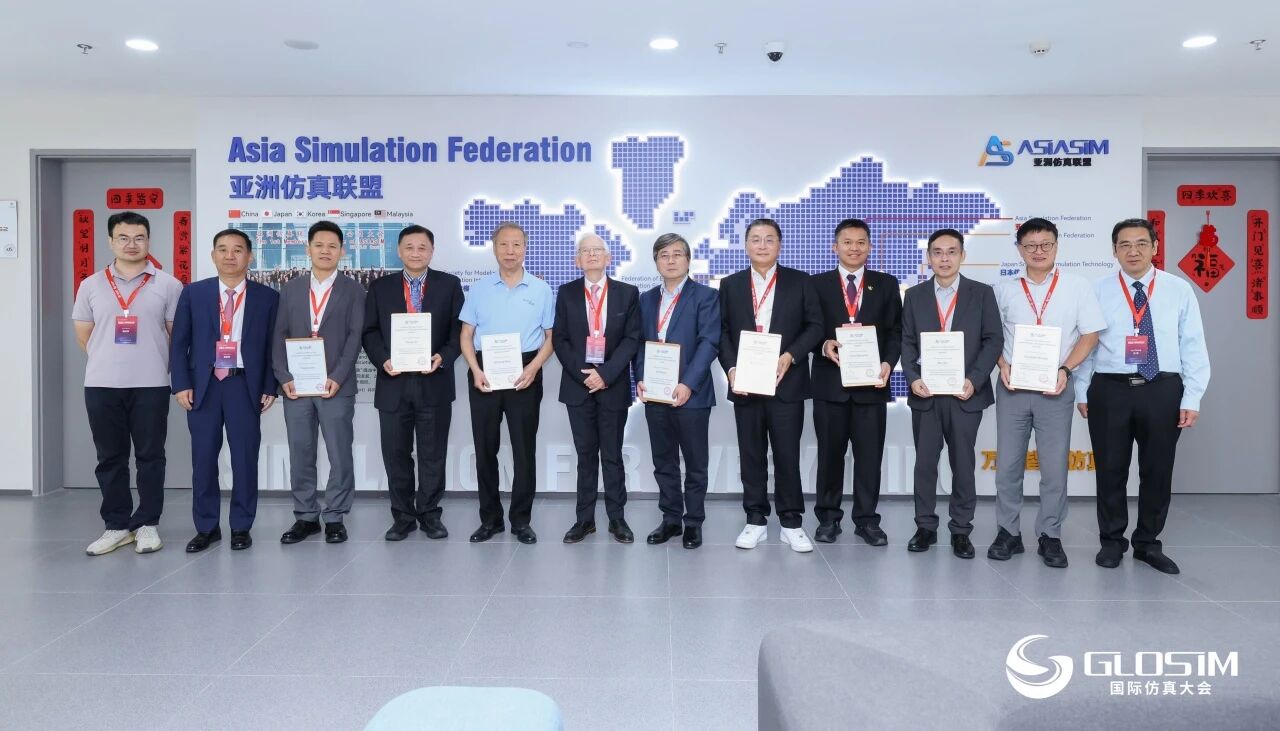
05 Conducting E-Intelligent Technology Exchanges and Drawing Inspiration for Cross-Border Innovation
During the conference, the Sany Simulation Subcommittee visited the Yushu Technology exhibition hall, the Zhejiang Provincial Key Laboratory of Industrial Big Data and Robotic Intelligent Systems, and the Geely Global Verification Center. They also held in-depth discussions with the Beijing University of Aeronautics and Astronautics Hangzhou Innovation Institute and the Geely Automobile Research Institute in areas such as embodied intelligence, scenario simulation, whole-machine energy consumption simulation, three-electric thermal management simulation, and digital twins. These discussions provided important insights for Sany's E-Intelligent Simulation technology planning and application.
06 Focusing on Intelligent Simulation to Build New Competitive Advantages for the Future
Through this conference, Sany Group further clarified the development direction of intelligent simulation technology. Going forward, Sany will increase its R&D investment in AI-enabled simulation, focusing on breakthroughs in cutting-edge technologies such as AI-based real-time simulation, intelligent driving simulation, intelligent operation simulation, and multi-machine collaborative simulation. Sany Group will leverage this conference as an opportunity to deepen collaboration with global simulation experts and scholars, promote the innovative application of intelligent simulation technology in the construction machinery sector, and contribute Sany's wisdom to the industry's digital transformation and sustainable development. In the future, Sany will continue to rely on intelligent simulation technology to create more competitive intelligent products, enhance its leading position in the global construction machinery field, and bring Chinese intelligent manufacturing to the world.
---Via SANY News